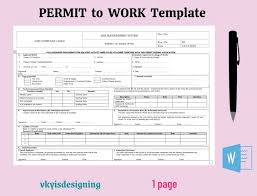Currently Empty: ₹0.00
The Manual Handling Course aims to equip individuals with the knowledge and skills to safely and efficiently handle loads manually, minimizing the risk of musculoskeletal injuries.
Key Objectives:
- Understand the hazards of manual handling: Learn about the risks associated with manual handling activities, such as back injuries, strains, sprains, and other musculoskeletal disorders.
- Learn safe manual handling techniques: Acquire knowledge of proper lifting, carrying, pushing, and pulling techniques to minimize the risk of injury.
- Develop the ability to assess manual handling tasks: Learn to identify and evaluate the risks associated with specific manual handling tasks in the workplace.
- Understand the importance of workplace ergonomics: Learn how to improve workplace ergonomics to reduce the risk of manual handling injuries.
- Enhance awareness of relevant safety regulations and standards: Become familiar with legal and regulatory requirements related to manual handling.
Typical Course Content:
- Introduction to Manual Handling:
- Definition and types of manual handling activities.
- Hazards associated with manual handling.
- Common types of manual handling injuries.
- Principles of Safe Manual Handling:
- Biomechanics of lifting and carrying.
- Proper lifting techniques (e.g., bending knees, using leg muscles).
- Safe pushing and pulling techniques.
- Maintaining good posture and body mechanics.
- Risk Assessment and Control:
- Identifying and assessing manual handling risks.
- Implementing control measures (e.g., mechanical aids, job redesign, team lifting).
- Workplace ergonomics and its importance.
- Practical Exercises:
- Demonstrating and practicing safe manual handling techniques.
- Simulating real-world scenarios and applying safe lifting principles.
- Safety Regulations and Standards:
- Relevant legislation and industry standards related to manual handling.
- Employer and employee responsibilities.



